The generative art NFT projects are one of the most common types in NFT marketplaces from all over the internet. Digital artists are able to create multiple images based on a single concept thanks to a generative programmer and image metadata.
This allows these NFT artists to create entire NFT collections with just a concept and a few clicks. This kind of crypto art revolutionized the NFT space, becoming almost a standard practice for NFT art.
What Is NFT
If you live in a cave and don’t know what a non-fungible token is, don’t worry. Here is a simple explanation for it:
An NFT is a unique token that, unlike cryptocurrencies, can not be replaced by anything else. Its data is stored in blockchain technology, a decentralized network of data.
Many people immediately relate NFT to digital art, but, in fact, the possibilities go far beyond just NFT art. They can go from virtual ID cards to even music or show tickets.
NFTs have become really popular recently. The leading cause is the high profitability artists and investors can have.
Digital Art in the NFT Universe

The reason why people immediately associate NFT with art is not a coincidence. There are tons of different markets around the internet specializing in trading and selling this kind of asset.
NFTs created a revolution in art, making thousands of artists start creating NFT projects and uploading them to various marketplaces. Nowadays, the most common type of NFT we see are these projects, making it look like the only kind of asset that exists.
Another trend that has been growing, mainly thanks to NFTs, is generative artwork. People from all areas use this kind of generative programming to create art pieces, whether a painter or a graphic designer.
What Is Generative Art
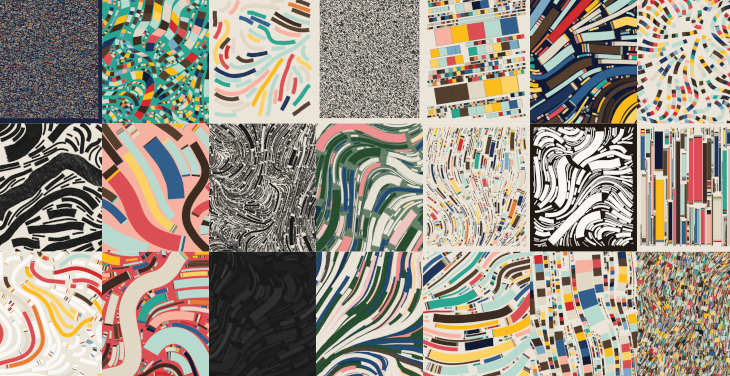
Although many people don’t consider it real art, generative art is a piece that was, in part or entirely, created by an autonomous system or a generative programming system, more specifically. These systems can identify features and characteristics determined by the generative artists and produce one or more pieces based on these requirements without needing the artists’ intervention.
The use of generative art arises primarily thanks to the NFTs and the success of collections like BAYC and CryptoPunks, for example. They have high value and are entirely based on generative NFT art.
This generated a lot of criticism from the digital artist community, alleging that generative art NFTs take away the creative attributes of the piece. This is why traditional artists often consider generative NFTs as non-artistic.
Requirements to Start Creating Generative Art NFTs
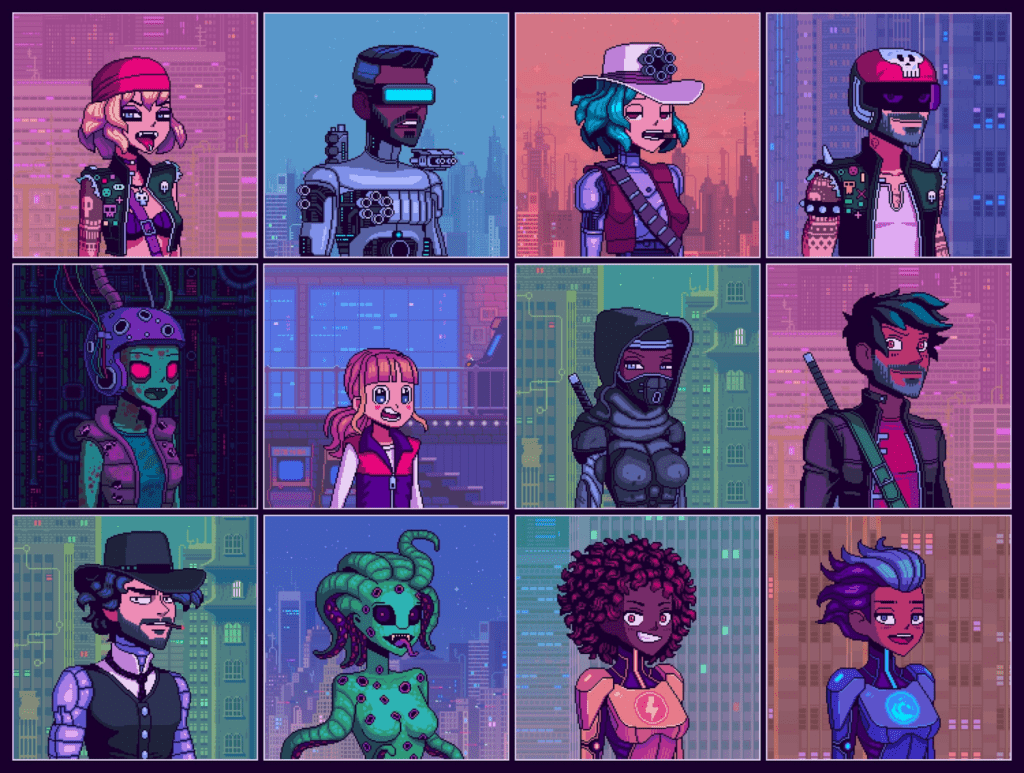
If you plan on creating a generative art NFT collection, you should know that making it is not as simple as typing a few words and letting the computer do the rest. There is some basic knowledge that you should have.
Knowing at least the basics will help a lot during the process. The generation process is not fully automatic; sometimes, it requires manual skills.
Python Knowledge
Although you won’t need advanced coding skills, you must at least understand the basics to manage the NFT project and the algorithms programmed.
Depending on your tool, you won’t even need to write more than one command, but installing the python library is indispensable for the process. Most tools run in this coding language, so having a working knowledge of it can significantly benefit you.
Drawing Skills
Just like knowing Python, this step is not obligatory but will grant you an enormous advantage and time optimization. You don’t need to learn as much as a traditional illustrator, but at least basic knowledge about digital art and drawing concepts is required.
Just relying on already-made assets can be really frustrating and time-consuming. Along with that, it can also be an obstacle depending on the kind of generative art NFT you are trying to make.
How to Make Generative Art NFT

Now we are heading into effectively creating the generative art NFTs. It is crucial to follow each step carefully and in the correct order.
This will prevent errors in the generator tool and your generative art NFT repository. The errors can go from corrupted art file problems to excluding a particular trait of the entire collection.
With this in mind, here are the main steps you need to follow to make generative art. The steps are always the same, whether you are working with large NFT collections or just a few images.
Planning Your Collection
The first thing is to plan your NFT project and decide on its main characteristics. Selecting the type of character you will create precedes any coding or drawing. It can be a humanoid, an animal, or any other thing.
You will also decide which drawing style to follow along with the main character, from anime traits to realistic drawings. The only limit in this step is your creativity.
Drawing the Base and Traits
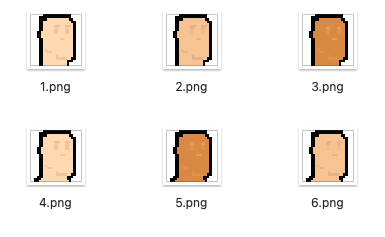
Random drawings are created by stacking PNG images to generate the final result. The next step is to create these PNG assets, so the program can generate your NFTs.
You can decide how many traits you will draw for your project. Remember that a small number of traits will result in a smaller collection, with many NFTs looking the same.
It is always good to draw many different PNGs for the collection so the program can create many variations. There are some characteristics that you should follow to make a working trait.
- Each trait must have the same dimension.
- Every trait must have a transparent background (except for the base)
- The positioning of these traits must make sense when stacked
- All the traits must be swappable for another of the same category without layout problems
Download the Program Code and the Repository
The next step is to download the generative art tool you will use to create your NFTs. It will take all your assets and organize them in different ways to generate different images.
You can use different programs for it, most of which use the Python language. You can find lots of examples on GitHub, like the tool created by Rounakbanik that you can download here.
Organize Your Layers

One of the first things you need to tell the generative art program is the order of your art layers. Just like in Photoshop, there is a specific order for the layers to work harmoniously, so the final composition looks right.
This step takes time and must be well-planned before you start coding. You must start from the background and proceed, going from the body base to the smallest details.
Here is a simple example of layer order:
- Background
- Base character image
- Hair
- Mouth
- Nose
- Eyes
- Clothing
- Jewelry
- Eyebrows
- Shoes
Defining the Traits
Now that you have different layers, it is time to identify the name of each trait that can go in the layer. If you have ten different traits for the mouth, you will have to choose ten different names for the PNG images.
This way, the program can identify each possibility for the same layer. This step is indispensable for the program to optimize random quantities of images.
When naming the mouth traits, for example, you can name a file “mouth-closed,” and then for the other, you use “mouth-smiling.” This way, your generator easily identifies the differences between all the attributes.
The Rarity of Each Trait
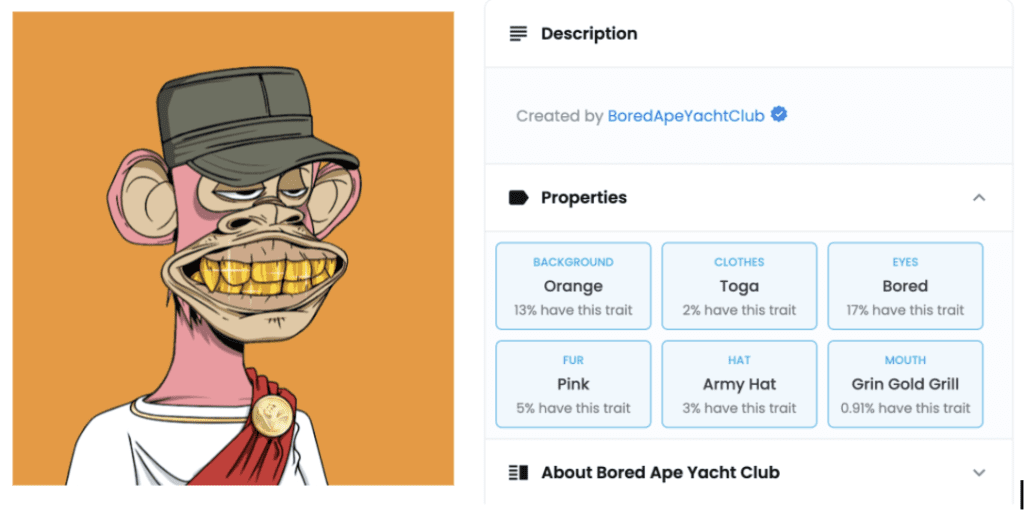
Another essential part of generative art NFT and smart contracts is each trait’s rarity. Each of them must have a different weight and percentage of use in the collection. The rarer the trait, the less it will appear in the project.
This must be coded into the generative program to work, so you guarantee the right amount of NFTs that have this trait in the final render. The rarity of each trait present in your NFT will determine how much that specific file is worth in the NFT marketplaces. The sum of these and other traits must be well-coded into the generator, so the percentages are accessible for anyone to see in markets like Open Sea, for example.
Defining Rules
Another widespread trick that can help generate random NFT art is defining rules for the images’ structure and their traits. Since the combinations generated are entirely unexpected, sometimes we see results that we don’t like, for example, the color of the character that does not match the clothing in a randomly generated version.
For this, we can decide the rules for the generator. The entire process is made through coding. The main objective is to select defined variations that should not occur, such as a pair of glasses that should never be generated together with a specific pair of shoes.
It is a significant step in the general process. The rules are responsible for keeping the collection pleasant and fun, attracting more investors and collectors.
Generate the Images
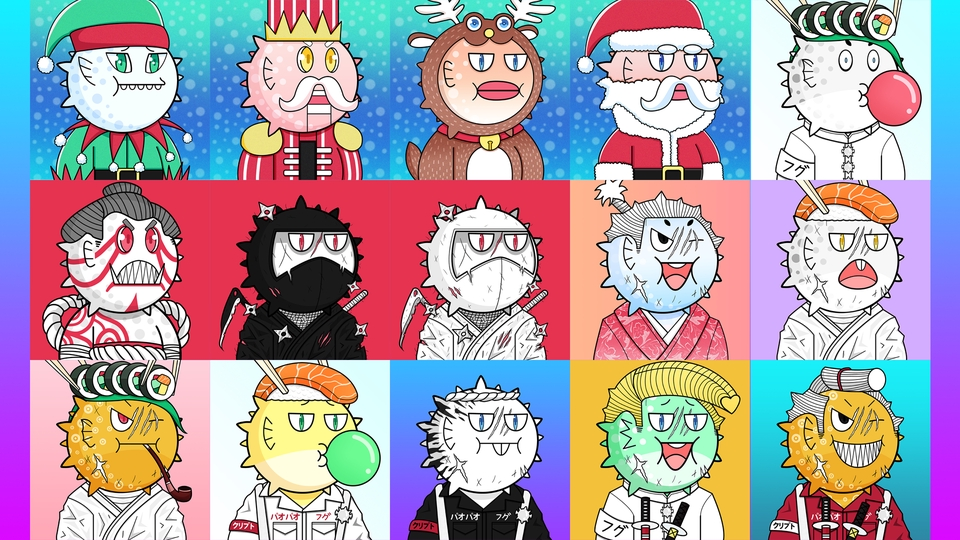
Now that you have finished programming the rules, it is time to generate your images. Every time you generate a sample collection, you may find combinations you don’t like.
When this happens, just go back to the rule definition step and create new rules. You don’t have to rush it. Repeat the process as many times as you need.
Your collection must look the best possible for a good performance and sale rate. There is no limit to the times you can run the algorithm and generate new NFTs. Do it as many times as you like.
Having a well-structured collection is the first step to getting a good reputation at the marketplaces. Attention to detail is vital throughout the entire process.
Upload the Collection
The last step of the process is to upload your generated collection to your profile in the marketplace of your choice. There are dozens of trusted markets where you can post your artwork for investors to see.
Don’t forget to double-check information like the number of pieces and their metadata of them. It is vital to test everything before uploading.
Some of the most used marketplaces are:
Famous Generative Art Collections to Get Inspiration From
If you don’t know what to draw or the theme of your collection, here are two of the most popular generative art collections for you to take inspiration from. Don’t forget that using it as inspiration is not the same as copying. Fresh and original artworks are always the best option for having good sale rates.
Bored Ape Yacht Club
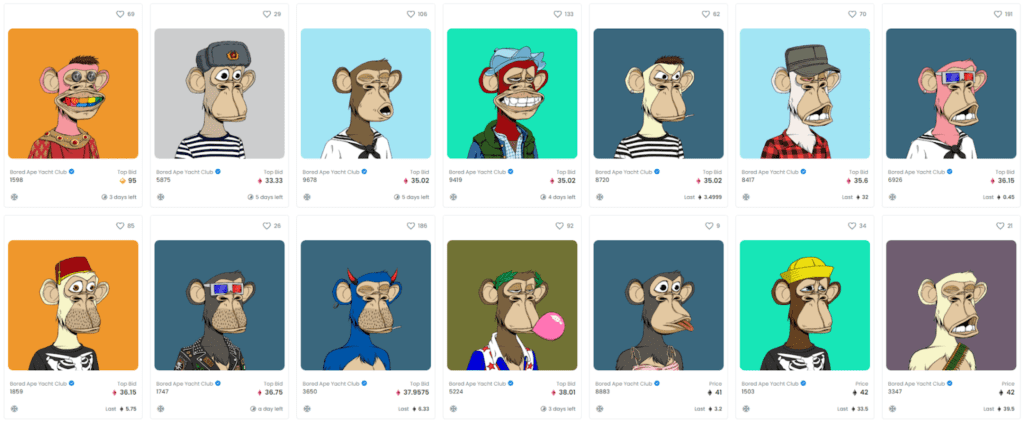
The BAYC collection is the most famous project regarding generative art. The collection of 10,000 monkeys had their values skyrocket, with some of the rare pieces being sold for more than a million dollars.
CryptoPunks
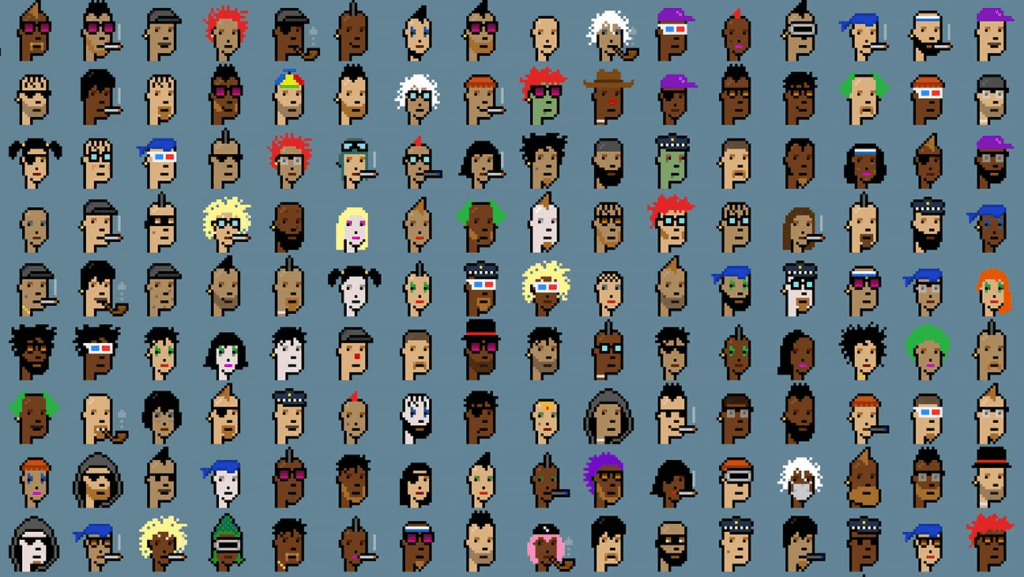
Another collection that was an enormous success and was created using generative art is the CryptoPunks, from Larva Labs. The project also contained 10,000 different NFTs with values ranging from hundreds of dollars to millions.
Conclusion on Making Generative Art NFT
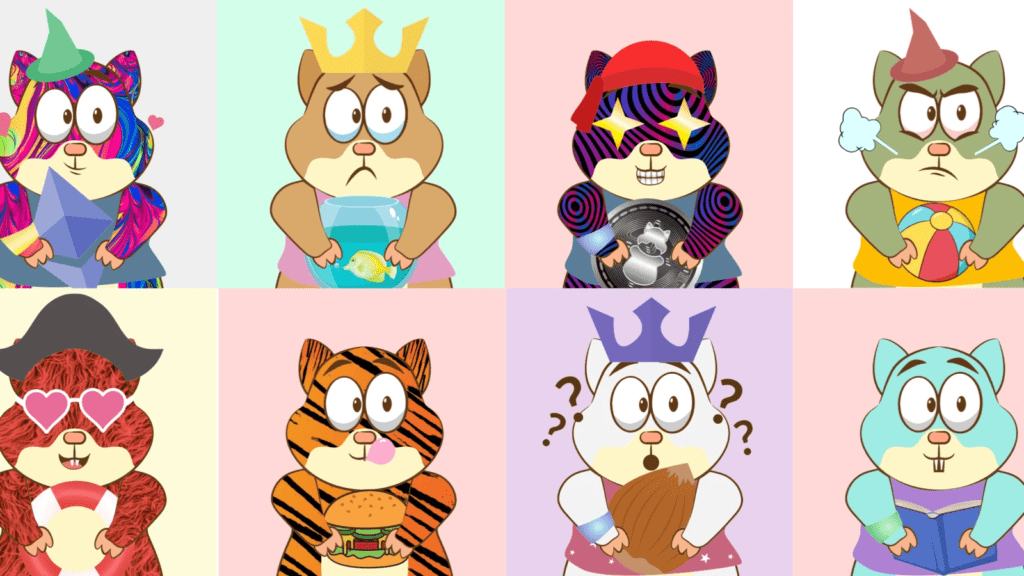
The generative art style of NFT is a promising market for artists and investors. If you want to join this market, follow each step carefully to avoid problems with the collection or even the platform where you are uploading it.
If you still don’t know how to do the coding part of the process, you can check this article by Medium. They will teach all the coding parts using the Scrappy Squirrels Project as an example.
Now it is time for you to create your own generative art. Don’t forget to look at projects like BAYC or Art Blocks for inspiration.
A good collection begins with a well-structured plan and good attention to detail. By doing this, you will definitely have a product that will attract collectors and investors.